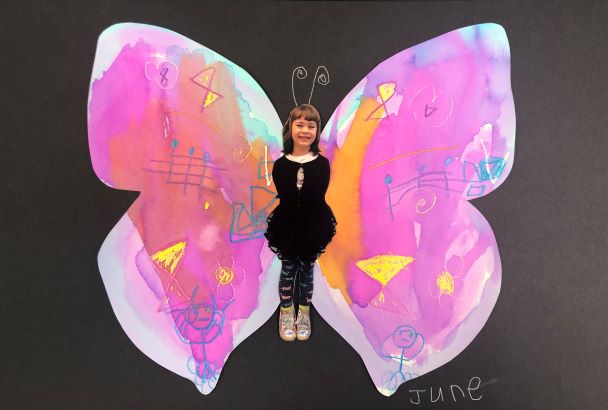
Combine symmetry, lines, patterns and joy and out will emerge a Butterfly Cutie. This project covers Common Core Standards for Science and Language Arts and Religion for grades K-1 which can be found at the end of the lesson.
Grade Level
Transitional Kindergarten, Kindergarten and 1st grades. This project was created by TK (four year old) students.
Objective for Butterfly Cutie Art
Students will combine lessons on symmetry, lines, and patterns to create butterfly wings for their self portrait.
Time
4 – 30 min lessons
Materials
- 12×18 Watercolor paper – Canson XL Series Watercolor Textured Paper Pad for Paint, Pencil, Ink, Charcoal, Pastel, and Acrylic, Fold Over, 140 Pound, 12 x 18 Inch, 30 Sheets
- Brushes – Acrylic Paint Brush Set, 1 Packs / 10 pcs Nylon Hair Brushes for All Purpose Oil Watercolor Painting Artist Professional Kits
- Liquid Water Colors – Sargent Art 22-6010 10-Count 8-Ounce Watercolor Magic Set
- Or this mini version for homeschooling – Sargent Art 22-6210 10-Count 4-Ounce Watercolor Magic
- Kleenex for blotting paint
- Black paper – Tru-Ray – 103061 Sulphite Construction Paper, 12 x 18 Inches, Black, 50 Sheets – 054150
- Oil pastels – Pentel Arts Oil Pastels, 50 Color Set (PHN-50) or crayons
- Silver gel pen
Inspiration/Artist
I was inspired to make this project from this awesome site http://lespetitestetesdelart.blogspot.com/: Click Here
Instruction with Questions
First
I teach in a Catholic Elementary School. This project can be used at any time of year. I use it to prepare my students for the Catholic Season of Lent.
Depending on your use of this lesson or your time allotted, this is a great version of Holy Week by The Beginners Bible series.
The Story of Easter – The Beginners Bible
Next
Delve into the the life cycle of butterflies.
I never miss the opportunity to use the famous “The Very Hungry Caterpillar” by Eric Carle

This video is a wonderful focus on metamorphosis for young children. “Bullfrogs and Butterflies“. It is great that it has animation and the words to the song. I actually invited my students to dance through the room as we sang.
I show them this video, “Hermie – Episode 1 – A Common Caterpillar – christian cartoons“
Second
Have students do this coloring sheet about the life cycle of a butterfly from peakcar.org.

Click Here for site, Click below for the photocopy friendly handout.
Third
I love using this opportunity to explore the Elements of Art – Line and Pattern. Have them draw these lines in the air with their finger or draw them on the white board.
The Lines Song | Art Songs | Scratch Garden
Read Aloud – Lines That Wiggle By: Candace Whitman


Fourth
Begin a lesson on Symmetry. I sing a little song as I teach this, “Same on both sides (pause) Symmetrical!”
I also love having them practice these skills. Check out this one from preschoolmom.com

Or this one from Learning at the primary pond

Fifth
I found these wonderful Butterfly Silhouettes on vecteezy.com: Click Here

Project them onto your whiteboard. I use the 12×18 size watercolor paper and tape it to the board and trace around a few different butterfly shapes. I move the projector until the butterfly fills the page.

Take a photo of each child against a plain background. Print the photos in 5×7 size photos. Cut out each child from their photo.
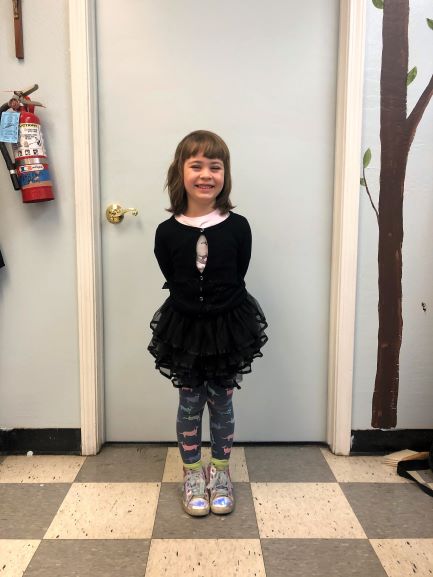
Sixth
Have students use oil pastel or crayon for a rough draft. Then have them add their symmetrical designs onto their large butterfly. I remind them to color firmly to fill in areas that they want to be dark. I affirm and applaud all of the ones I see using symmetry on both wings.
Finally, students add watercolor to their butterfly.

Once it dries, cut them out and glue them onto a large piece of black construction paper.

Once you glue on their body, have them use silver gel pen or white colored pencils to make antennae.
Check out these finished Butterfly Cutie art pieces!
Common Core Standards for Butterfly Cutie Art
Grade K – Science
Life Sciences
2. Different types of plants and animals inhabit the earth.
a. Students know how to observe and describe similarities and differences in the appearance and behavior of plants and animals (e.g., seed-bearing plants, birds, fish, insects).
b. Students know stories sometimes give plants and animals attributes they do not really have.
c. Students know how to identify major structures of common plants and animals (e.g., stems, leaves, roots, arms, wings, legs).
Investigation and Experimentation
4. Scientific progress is made by asking meaningful questions and conducting careful investigations.
a. Observe common objects by using the five senses.
b. Describe the properties of common objects.
c. Describe the relative position of objects by using one reference (e.g., above or below).
d. Compare and sort common objects by one physical attribute (e.g., color, shape, texture, size, weight).
e. Communicate observations orally and through drawings.
Grade 1 – Science
Life Sciences
2. Plants and animals meet their needs in different ways.
a. Students know different plants and animals inhabit different kinds of environments and have external features that help them thrive in different kinds of places.
b. Students know both plants and animals need water, animals need food, and plants need light.
c. Students know animals eat plants or other animals for food and may also use plants or even other animals for shelter and nesting.
d. Students know how to infer what animals eat from the shapes of their teeth (e.g., sharp teeth: eats meat; flat teeth: eats plants).
e. Students know roots are associated with the intake of water and soil nutrients and green leaves are associated with making food from sunlight.
Investigation and Experimentation
4. Scientific progress is made by asking meaningful questions and conducting careful investigations.
a. Draw pictures that portray some features of the thing being described.
b. Record observations and data with pictures, numbers, or written statements.
c. Record observations on a bar graph.
d. Describe the relative position of objects by using two references (e.g., above and next to, below and left of).
e. Make new observations when discrepancies exist between two descriptions of the same object or phenomenon.
Grade K-1 Language Arts
Children’s adventure stories, folktales, legends, fables, fantasy, realistic fiction, and myth. Includes staged dialogue and brief familiar scenes. Also included are nursery rhymes and the sub-genres of the narrative poem, limerick, and free verse poem Includes biographies and autobiographies.
Kindergarten – Math
Measurement and Data
Describe and compare measurable attributes.
- Describe measurable attributes of objects, such as length or weight. And, describe several measurable attributes of a single object.
- Directly compare two objects with a measurable attribute in common, to see which object has “more of”/“less of” the attribute, and describe the difference.
Classify objects and count the number of objects in each category. - Classify objects into given categories; count the numbers of objects in each category and sort the categories by count.
Geometry
Identify and describe shapes (squares, circles, triangles, rectangles, hexagons, cubes, cones, cylinders, and spheres).
- Describe objects in the environment using names of shapes, and describe the relative positions of these objects using
terms such as above, below, beside, in front of, behind, and next to. - Correctly name shapes regardless of their orientations or overall size.
- Identify shapes as two-dimensional (lying in a plane, “flat”) or three-dimensional (“solid”).
Analyze, compare, create, and compose shapes.
- Analyze and compare two- and three-dimensional shapes, in different sizes and orientations, using informal language
to describe their similarities, differences, parts (e.g., number of sides and vertices/“corners”) and other attributes
(e.g., having sides of equal length).
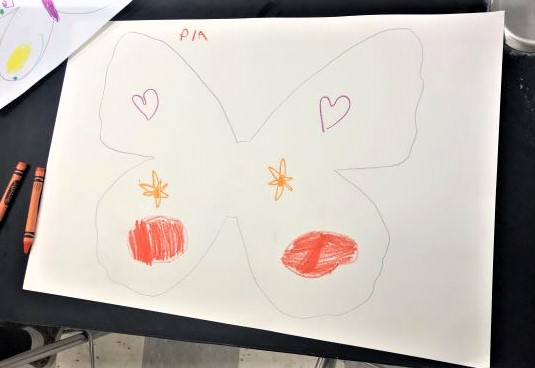
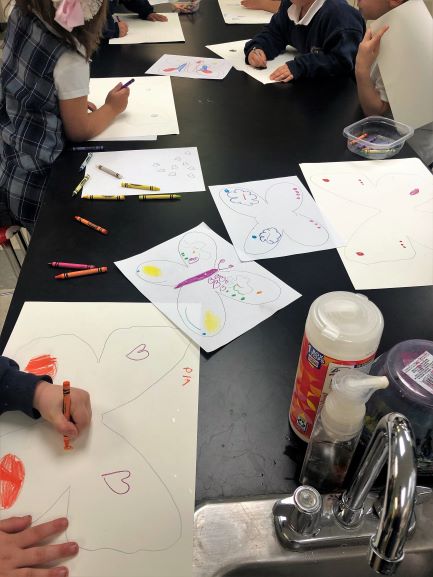
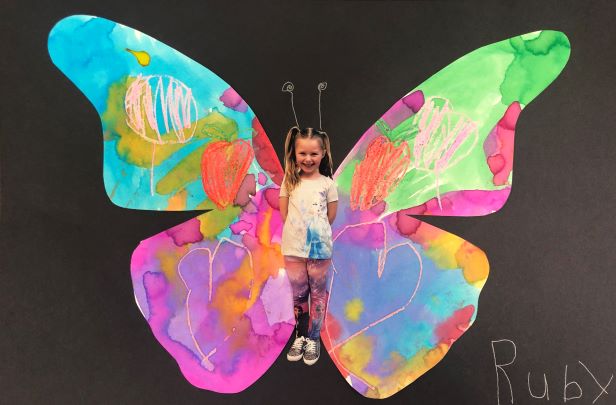
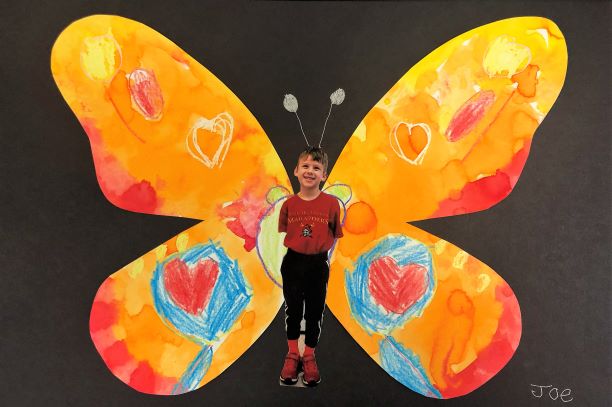
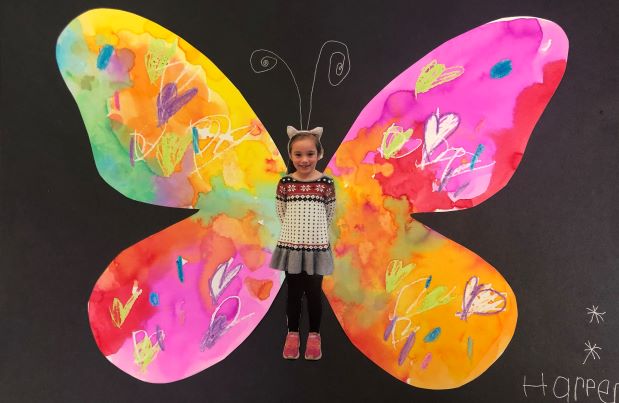

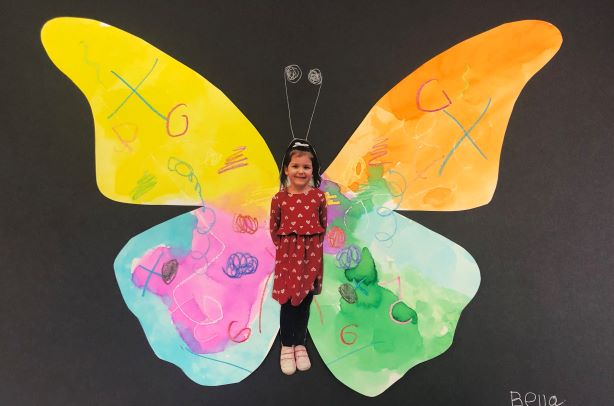
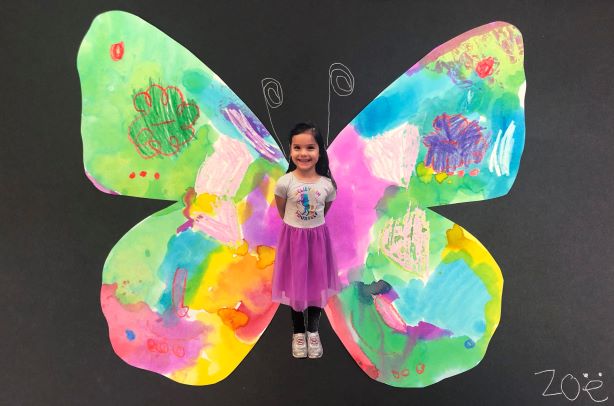
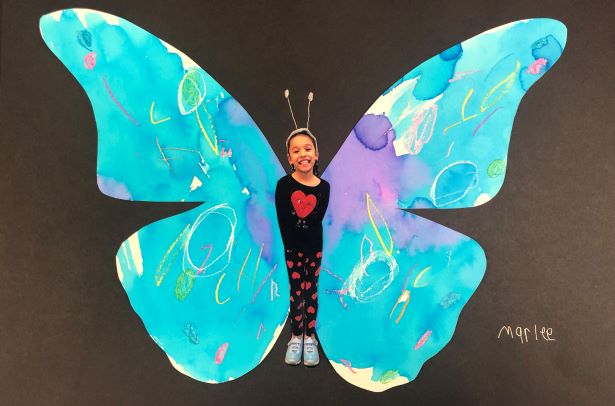
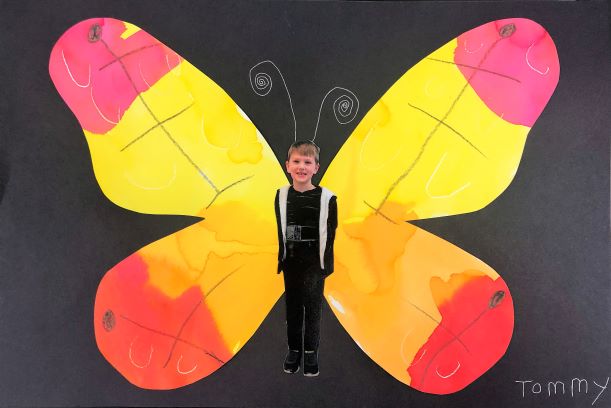


Leave a Reply